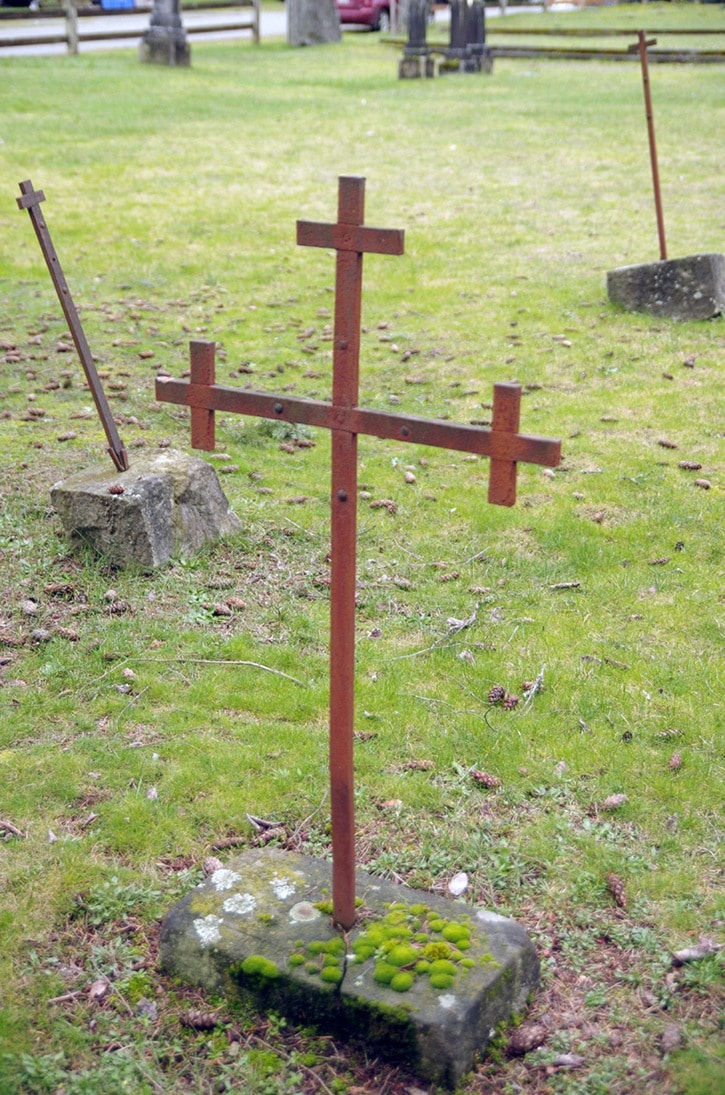A cemetery on a hill and a historical marker on a lakeshore are all that recall Wellington’s coal mining heyday.
On Jan. 24, 1888, at about 8:30 a.m., No. 5 pit of the Wellington Colliery, inspected and pronounced “in excellent order” by a team of miners just days earlier, was ripped apart by a methane gas explosion. Seventy-seven of the 168 men working underground died that morning. It was May before the last bodies were recovered, due to high gas levels and heavy damage.
In the late 1800s, coal was the big economic driver in the Nanaimo region, but Wellington’s coal seams, discovered and developed by coal baron Robert Dunsmuir in the 1870s, yielded the highest-grade coal.
Wellington was a thriving town of 1,100 people, but contrary to legend, it never would rival Nanaimo’s population, 4,500 at the time.
“I think they thought it was going to be the next greatest thing, but then it turned out those mines just sort of declined and they moved the whole operation to Extension and Ladysmith,” said Christine Meutzner, Nanaimo Community Archives manager.
Wellington contrasted strongly with Nanaimo. Wellington was ethnically diverse – populated by Italians, Finns, Belgians and Chinese – whereas Nanaimo’s population came mostly from England and Scotland.
“Not only did they have a Chinese community and a Finnish community, but they had a substantial black population,” Meutzner said.
Forty-six of the miners who died in the No. 5 pit were Chinese.
The pace of life differed between the towns, too. Nanaimo’s coal industry management might have had to wait for decisions from head offices in England, but it meant Nanaimo residents could count on long-term stability, purchase homes, start businesses and live outside parameters of a company-owned community like Wellington where decisions made by its owner could change lives overnight.
“It’s a true company town, whereas Nanaimo never really was,” Meutzner said.
By 1900, Wellington’s coal seams petered out and the majority of town buildings and population were rolled away on railway cars.
Wellington, nestled between Country Club Centre and Long Lake, finally incorporated into Nanaimo in 1975, but scant evidence of its heyday remains, aside from the Wellington Cemetery at the corner of Cardena and Ledgerwood streets where a few headstones stand witness and bear names of men, women and children who inhabited a town that lived and died in 30 years.
Wellington Cemetery is listed in Canada’s National Heritage Register.
photos@nanaimobulletin.com
